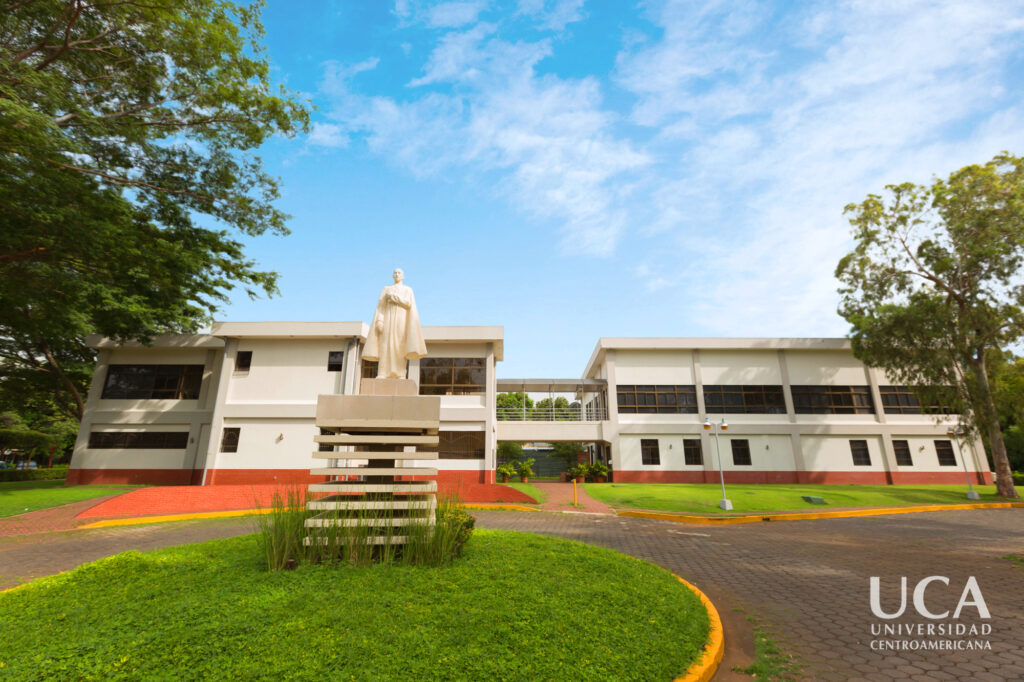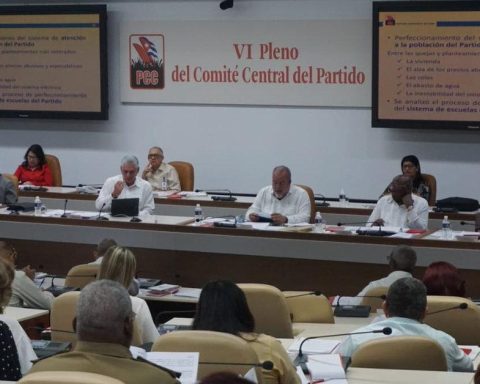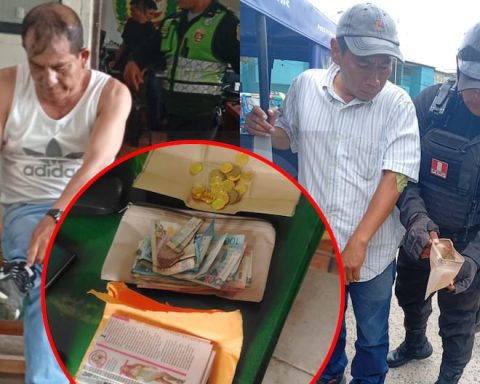Panama registers an increase in leishmaniasis cases with 240 cases so far in 2022.
According to the Minister of Health, Luis Francisco Sucre, the Metropolitan Health Region is the one that has recorded the most cases to date with 31 people affected.
Sucre assured that the cases of leishmaniasis have been rising, since they account for more cases than they expected for this time, compared to previous years, but also. of that he said that they are establishing some strategies where they have reinforced the teams to try to make more diagnoses and provide treatment to these people.
“So far this year, 240 cases of Leishmaniasis have already been reported, which is why the Ministry of Health is developing a strategy to strengthen our team and make more diagnoses and be able to serve these people,” Sucre mentioned.
He recalled that leishmania is transmitted by a vector and occurs in some areas where they are in greater contact with nature; for example, the regional areas in Nägbe Buglé, Cerro Azul, La 24 de Diciembre and even in Guna Yala.
Leishmaniasis is a parasitic disease, which is transmitted by the bite of an infected mosquito. Among the symptoms caused by this disease are sores on the skin, when it is a cutaneous leishmaniasis, and damage to the spleen, liver, and bone marrow, when the disease is visceral. People with this disease usually have a fever, weight loss, and an enlarged spleen and liver..
The director of the Metropolitan Health Region, Israel Cedeño, said that this disease is transmitted specifically through the bite of female phlebotomine insects of the lutzomyia family, which when bitten produces a local ulcer on the skin, popularly known as a sting. vine and in some cases can affect internal organs.
He said that his treatment is the use of a specific meglumine antimoniate drug known as Lucantin, these are intramuscular injections that are calculated by weight.









